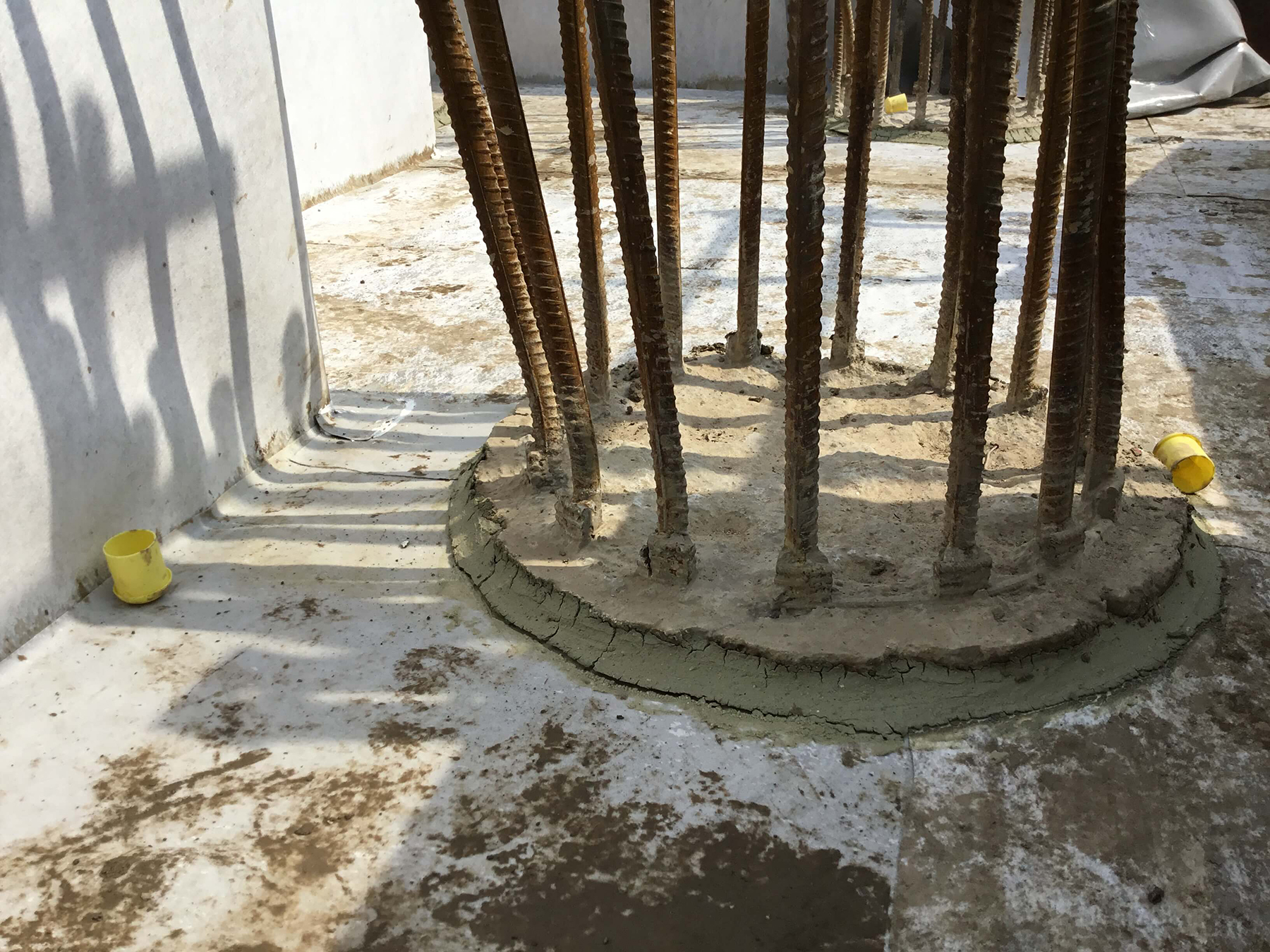Ways to Pick the Right Waterproofing Materials
Waterproofing solutions is a vital aspect of maintaining the integrity and longevity of any building or property. Whether you are a householder looking to protect your investment from the harmful effects of leaks or a builder aiming to create durable developments, learning how to pick the right waterproofing products is crucial. Moisture damage can lead to costly repairs, mold issues , and major concerns, rendering proper waterproofing a must for all homeowners.
In this comprehensive handbook, we will review the different facets of waterproofing, from recognizing the clues that your building needs waterproofing to understanding the variations between indoor and outdoor solutions. We will also delve into the common myths surrounding waterproofing, helping you to choose wisely. With the right information and materials, you can safeguard your home from moisture-related problems and save yourself a lot of money in subsequent repairs.
Understanding the Value of Moisture Protection

Moisture-proofing is vital for every home as it safeguards structures from water damage, which can lead to costly repairs and major loss of property value. Moisture seepage does not only pose a risk to structural soundness but also to the health of occupants, as moisture can cause fungal growth and fungi growth. By adopting efficient waterproofing measures, property owners can establish a robust defense against the destructive effects of water.
Ignoring waterproofing can be a expensive mistake. The unseen damage from leaks can lead to extensive repair bills that far surpass the original cost in waterproofing materials and solutions. For instance, untreated moisture issues in crawl spaces can compromise the foundation, resulting in serious structural problems. Thus, understanding the essential nature of waterproofing can save you considerable amounts of dollars in the long run.
Additionally, waterproofing adds to energy efficiency in buildings. When walls, roofs, and basements are sufficiently waterproofed, they help maintain consistent indoor temperatures, reducing the necessity for excessive heating or cooling. This not only lowers energy bills but also enhances overall comfort. Furthermore, a carefully shielded property is more durable in extreme weather conditions, ensuring enduring defense for your investment.
Key Factors When It Comes To Choosing Water-Resistant Solutions
When choosing waterproofing products, the initial important consideration is the specific area you need to protect. Different surfaces, such as basements, roofs, and washrooms, have unique needs. For instance, basement waterproofing often needs solutions that can withstand hydrostatic pressure, while roof waterproofing requires products that resist UV damage and temperature fluctuations. Identifying the exposure levels and moisture conditions of the area will help in choosing the the best product.
Another important factor is the sort of materials used in the waterproofing product. Look for high-quality materials that offer strength and longevity. Like, membranes and coatings should be adaptable enough to absorb building movement while maintaining a robust barrier against water penetration. Additionally, consider if you favor a solvent-based, water-based, or cementitious solution, depending on the desired application and ecological impact.
Finally, the ease of application is crucial. Some waterproofing products are designed for DIY use, while some may need professional installation. Think about your skill level and if you have the tools needed for the job. It’s also prudent to review the manufacturer’s instructions and recommendations regarding application conditions, such as temperature and humidity, to ensure best performance.
Popular Waterproofing Techniques and Approaches
Regarding defending your home from water damage, there are various efficient waterproofing methods to consider. Click here for more info is the use of impermeable membranes, which create a obstacle that prevents moisture from penetrating materials such as basements, walls, and roofs. These membranes can be fabricated from various materials, including rubber, asphalt, or polyvinyl chloride, and are appropriate for both interior and exterior applications. Adequate installation is crucial to ensure that these membranes function effectively, thus shielding your assets from drips and water intrusion.
An additional effective technique is the use of sealants and protective layers. These products are coated directly to surfaces and function as a protective layer against water. For instance, waterproofing paints can be applied to surfaces and roofs to prevent mold and mildew growth, particularly in washrooms and kitchens. Also, elastomeric coatings are superb for level roofs, providing flexibility and durability to withstand harsh weather conditions while preventing liquid out. Picking the appropriate sealant for each individual area of your house is essential to ensure durability and optimum protection.
For external structures, consider setting up drainage systems and downspouts to divert water away from your property. French drains, sump pumps, and gutter drains can efficiently reduce the risk of liquid accumulation around bases and basements. Together with proper grading of the ground, these drainage methods minimize the chance of penetration. Implementing a comprehensive approach with these strategies ensures durable protection against moisture issues, ultimately saving you from high-priced repairs in the coming times.